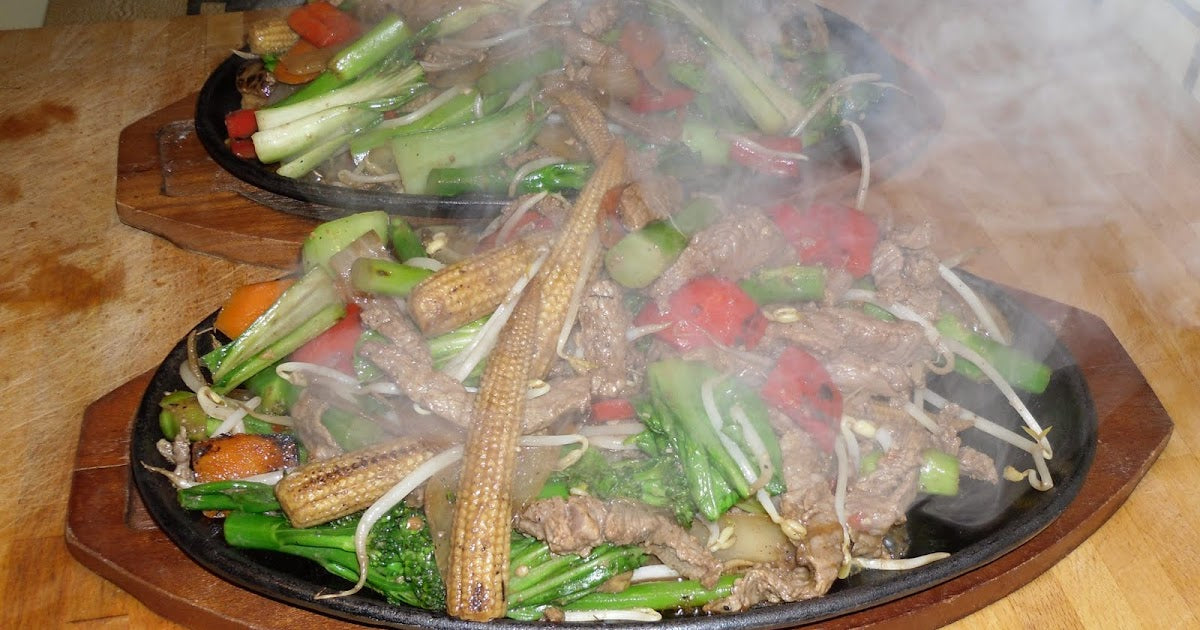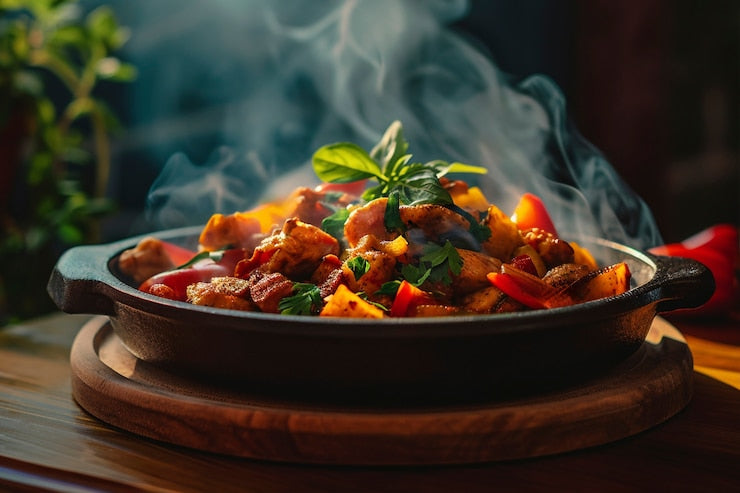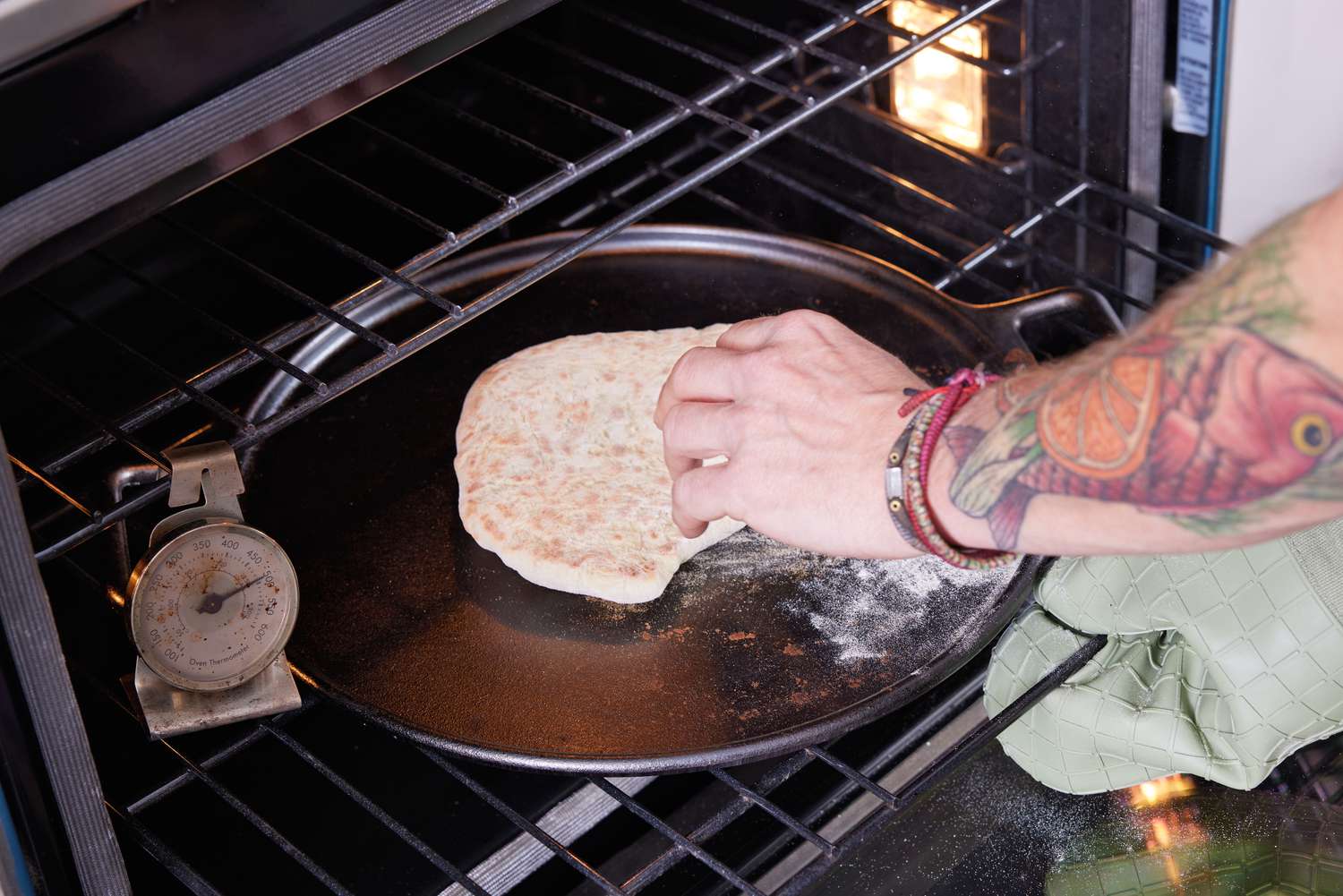For kitchen professionals, the allure of a perfectly cooked steak is not just about taste; it's about the experience. Enter the sizzling platter for steaka culinary tool that elevates the dining experience by adding not just flavor but drama and flair. This article delves into the nuances of using the sizzling platter for steak, ensuring that every steak reaches its full potential.

What is a Sizzling Platter for Steak?
A sizzling platter is a metal or cast iron plate that is heated to high temperatures before food is placed on it. When a steak meets the hot surface of a sizzling platter, it creates a distinctive sizzle, releasing aromas that tantalize the senses and enhance the dining experience. This method is favored in many restaurants for its ability to retain heat, ensuring the steak stays hot throughout the meal.
The use of a sizzling platter for steak is rooted in tradition and has been a staple in various cuisines worldwide. For a deeper dive into the history of the sizzling platter, you can explore its journey through time and its influence on culinary practices.
The Science Behind the Sizzle
When a steak is placed on a sizzling platter, the high temperature of the plate causes the surface of the steak to sear quickly. This searing creates a flavorful crust, known as the Maillard reaction, which locks in juices and enhances the steak's flavor profile. The science of achieving the perfect sear involves understanding the balance between heat, time, and the steak's thickness.
To maintain the integrity of your sizzling platter, it's crucial to know how to clean a sizzling platter effectively. This ensures longevity and consistent performance in your kitchen.
Choosing the Right Sizzling Platter
Not all sizzling platters are created equal. When selecting a platter, consider the materialcast iron is popular for its heat retention properties, while stainless steel offers durability and ease of cleaning. The platter's size should accommodate the steak without overcrowding, allowing for even cooking.
For those interested in expanding their culinary repertoire, exploring different Asian sizzling platter recipes can offer new flavors and techniques that can be adapted for steak grilling.

Tips for Using a Sizzling Platter for Steak
To achieve the perfect steak on a sizzling platter, follow these expert tips:
- Preheat the Platter: Ensure the platter is hot before placing the steak. This prevents sticking and promotes even searing.
- Pat the Steak Dry: Moisture is the enemy of a good sear. Patting the steak dry with paper towels ensures a crisp crust.
- Season Generously: A simple seasoning of salt and pepper can enhance the steak's natural flavors.
- Rest Before Serving: Allow the steak to rest on the platter for a few minutes after cooking. This helps redistribute juices for a tender bite.
For those looking to experiment with different cuisines, trying out Western sizzling plate meals can offer inspiration and variety in your kitchen.
Conclusion: Elevate Your Culinary Skills
The sizzling platter for steak is more than just a cooking toolit's a gateway to an elevated dining experience. By understanding the science behind the sizzle and mastering the art of using a sizzling platter, kitchen professionals can deliver steaks that are not only delicious but memorable. Whether you're serving a classic steak or experimenting with new recipes, the sizzling platter is your ally in the kitchen.
For more ideas on how to incorporate sizzling platters into your culinary routine, visit this external guide to get started.
FAQ
Q1: Can I use a sizzling platter for other meats?
A1: Absolutely! While it's ideal for steak, you can also use it for chicken, seafood, or even vegetables to add a unique sizzle to your dishes.
Q2: How do I prevent my steak from sticking to the platter?
A2: Ensure the platter is properly preheated and lightly oiled before placing the steak. This minimizes sticking and promotes an even sear.
Q3: How do I maintain my sizzling platter?
A3: Regular cleaning and seasoning (if using cast iron) will maintain the platter's non-stick properties and prevent rusting.
This article contains affiliate links. We may earn a commission at no extra cost to you.






Leave a comment
This site is protected by hCaptcha and the hCaptcha Privacy Policy and Terms of Service apply.